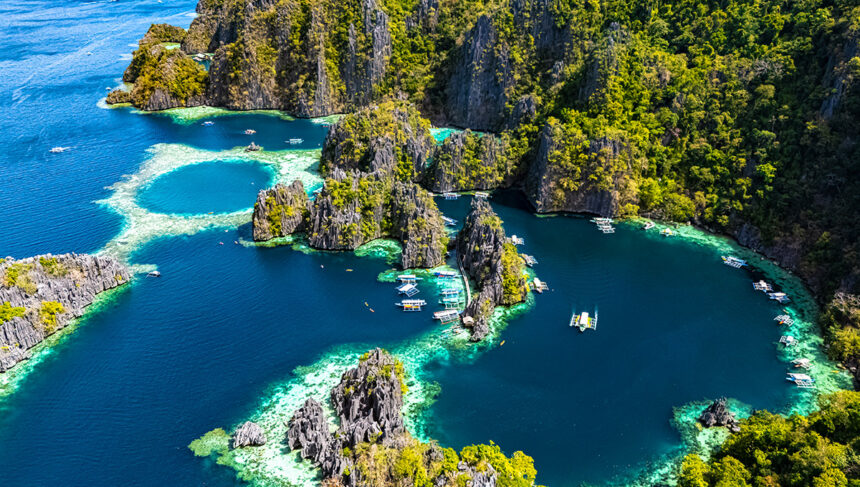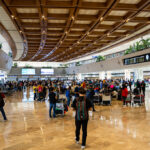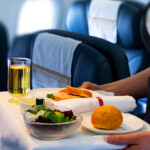Welcome to the Pearl of the Orient!
“To awaken quite alone in a strange town is one of the pleasantest sensations in the world.”
If you are reading this, you are already answering the call of the Philippines, a nation made up of 7,641 pieces of sapphire-blue sea and emerald-green land. You are dreaming of its pristine beaches and the genuine hospitality of its people. Well, let’s put to rest that little worry about your wallet. The beautiful truth is this archipelago is one of the best value travel destinations anywhere, one that gives you permission to enjoy paradise unaffected by an exchange rate. We are here to show you how to get to the fabulous islands of the Philippines and make that dream of sun-dappled days a reality that does not break the bank.
In the following pages, we will take a deep dive into the real costs, how to see the wonders of this beautiful country without locking up your purse strings, and how to turn a transferring island float into an underselling odyssey. Is Philippines expensive to navigate? We’ll show you the answers.
Is Philippines Expensive? A Real Look at Travel Costs and Smart Budget Tips
The Fiscal Range: An Array of Summaries
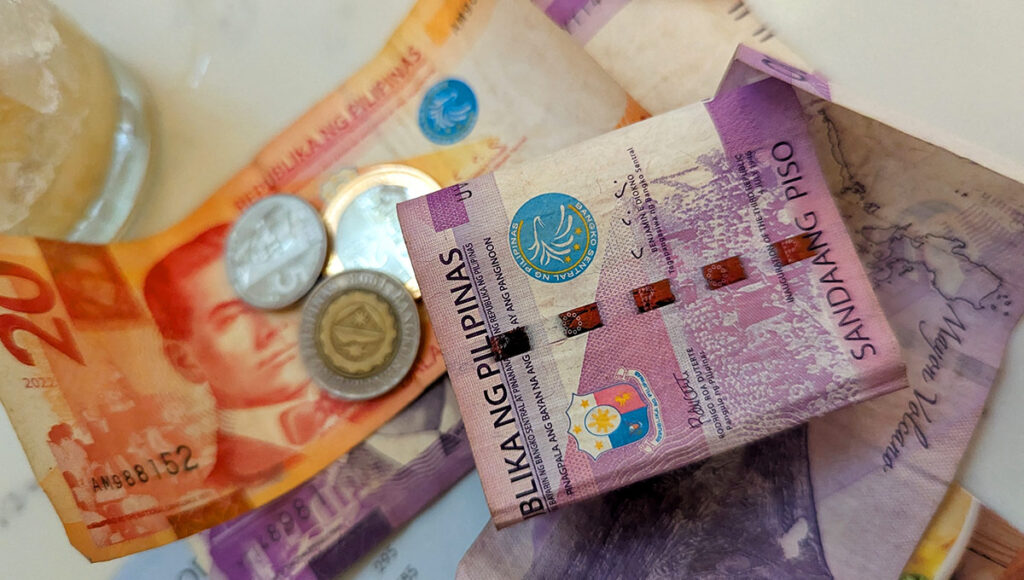
The Philippine Peso (PHP) serves as the local currency, and its value against major foreign currencies renders most local services affordable in their inherent nature. You can check the latest exchange rates here to help plan your daily budget. Expect your daily spending to fall into one of three individual categories:
1. The Backpacker’s Delight (PHP 1,500 – PHP 2,500 / £20 – £35 a day)
This is the option of the informed traveller. You will stay in hostels or basic homestays, eat local, and use public transport. This budget for your stay will offer more than enough for a lively and experiential experience, a true testament to affordable backpacking Philippines.
Accommodation: Dorm beds in good hostels are, on average, PHP 400 – PHP 700 (£5 – £9). Simple, fan-cooled private rooms at guesthouses are available for PHP 600 – PHP 1,200 (£7 – £15), particularly outside of major hubs.
Food: This is where it gets interesting. Eating at carinderias (small, local eateries) will get you delicious, home-cooked meals typical of Filipino food (rice, a meat or vegetable dish and soup) at PHP 80 – PHP 150 (£1 – £2); street food stalls and fresh fruit shakes are even cheaper.
2. The Mid-Range Option (PHP 3,000 – PHP 6,000 / £40 – £50 per day)
For the traveller who wants a mix of comfort and adventure. You will have your private rooms which are air-conditioned, have a mixture of local and mid-range dining options, and will book guided tours of convenience.
Accommodation: You are looking at private rooms in small hotels/resorts in comfortable, air-conditioned – for circa PHP 1,800 – PHP 3,000 (£23 – 39 ) per night, making for a pleasant Philippines holiday.
Food: You will also have considerably more international dishes and enjoy comfortable cafe-style dining as well as eat dinner on the beach with mains ranging from PHP 300 – PHP 600 (£3 – £8).
Activities: Expect to take a day trip to have a nice excursion tour experience in El Nido or Coron, which often has a price range of PHP 1,200 – PHP 2,500 (£15 – £32), and likely had lunch or other gear included in your price. Is the Philippines expensive for tours? Not compared to many Western destinations.
3. The Luxury Retreat (PHP 7,000+ / £90+ per day)
At this budget you can access boutique accommodations, private transportation, domestic flights, upscale dining, and private tours. The Philippines certainly has remarkable luxury, whether that is through exclusive resorts on islands in Palawan or five-star hotels in the big cities. The higher end of the cost of living Philippines for a tourist is still highly competitive globally.
The Hidden Cost: The Inter-Island Challenge
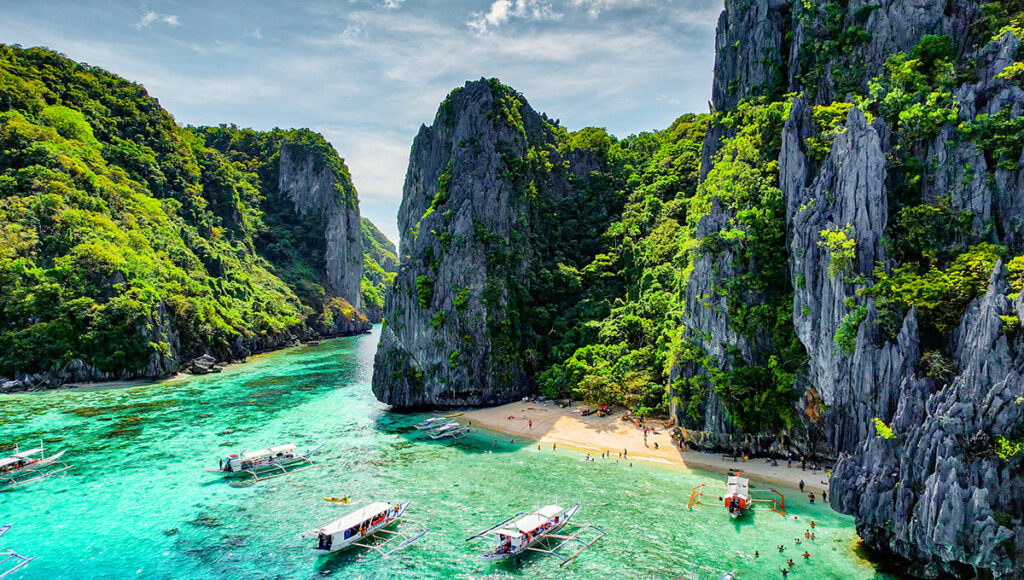
The downside of travel in the Philippines is its archipelagic nature. The 7,641 islands and islets can take you to some of the most beautiful scenery but offer a more complex and more expensive transportation system than their cousin, mainland Southeast Asia.
The Flights: If you want to get to anywhere in the country quickly on their vast distances (e.g., Manila to Cebu or Cebu to Palawan), you are stuck with flying, especially domestically. While there are budget airlines (Cebu Pacific, AirAsia, and Philippine Airlines) that often provide deals if booked long in advance, once you wait until the last minute to place a flight, you are going to pay 4,000 – 8,000 PHP (£50 – £103) per flight segment. Flying frequently will cancel the budget quickly.
The Ferries: A Budget Lifeline: If you are travelling from island to island in a certain area (e.g., Cebu, Bohol, Siquijor), fast ferries are your new best buddy.
These trips are remarkably cheap, from PHP 600 – PHP 1,500 (£7-£20); not only do they offer excellent views of the ocean along the way, but the entire experience is worth doing. Or you can save on lodging and travel overnight (slow ferries). You’ll have to be patient and have a strong stomach since these ferry trips can be unstable and long. Is Philippines expensive for island hopping? The ferries offer a great budget option for your Philippines holiday.
The Tourist Tax: Watch for “Environmental Fees” and “Terminal Fees”. With tourist areas such as El Nido or Coron, you’ll encounter a one-time environmental fee (about PHP 200 – PHP 400) and small port fees per ferry or boat trip. These small fees provide some sticker shock at the end of your multi-island trip. Is Philippines expensive when you factor in these smaller costs? They add up, so budget for them.
A Boat Load of Budget Strategies: Budget Tips for the Clever Traveller
If you truly want to hack the cost of travelling in the Philippines, you must develop a travel style that mimics the local people and resort to the experience of a veteran backpacking Philippines expert.
1. Appreciate the Carinderia Culture
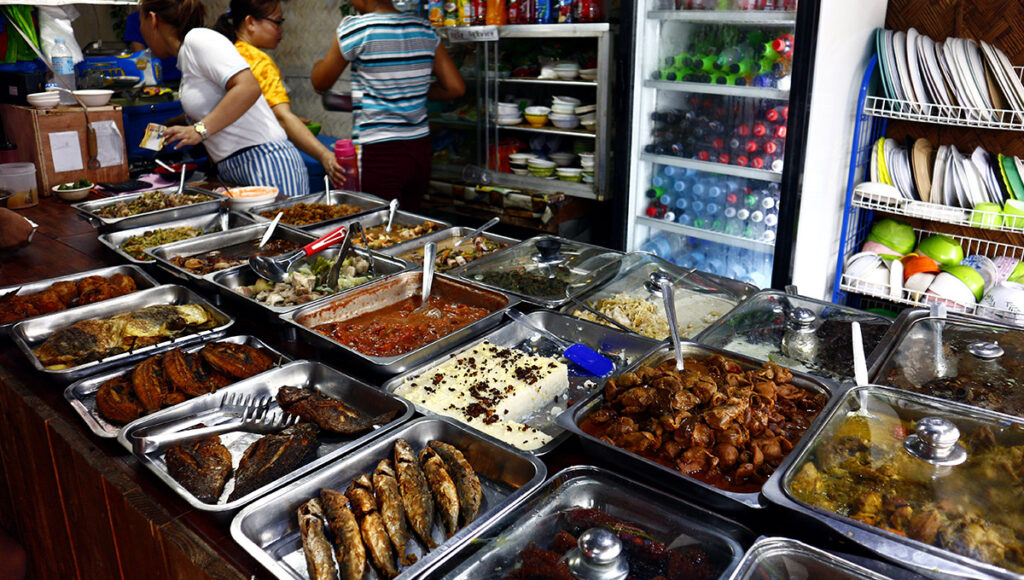
The essence of Filipino food is its home cooking. From time to time, forgo the tourist spots and dine at a local carinderia. The food and ambiance will be fresh, hearty, tasty, and extremely cheap. Look for a crowded lunch carinderia; if the locals are eating there, you know the food is fresh and authentic.
2. Learn to Negotiate for Price in a Tricycle
If you take a trike (tricycle), it is customary to always agree on the price before you get in. A little friendly haggling is an accepted part of the local interaction. As a rule of thumb, always ask a local (like your homestay person) what is a fair price for your destination.
3. The Importance of Booking Early
This is the number one rule to save money on travel in the Philippines. Book domestic flights at least 3-6 months prior to your booking date, especially during peak travel season (December to April). You can even buy tickets for about £11-£23 one way when they are on sale. This strategy directly impacts the answer to is Philippines expensive.
4. The Season of Savings
Observe the shoulder season (May, early June, and November). This is when you will see prices for hotels and tours significantly decrease. The weather may be a little unpredictable, but you will benefit from smaller crowds and have more pesos in your pocket. The low season (July to October) has the most unbelievably low prices but requires the most flexibility because of possible weather interruptions.
5. Be Water Friendly
Tap water is often deemed non-potable by tourists. The cost of buying plastic bottles of water daily is staggering for your wallet and for the Earth’s health. Buy a filtered water bottle (for example, LifeStraw or Grayl). Most hostels and guesthouses now will have water refill stations free of charge or for a minimum donation.
6. Seek Out Simple Homestays
Not only are you saving money, but when you stay at a local homestay or family-run guesthouse, you not only have lodging but also a cultural exchange experience. Often, hosts will have a wealth of local knowledge, offering cheaper and more authentic tours and recommendations for transport (in lieu of the added “tourist pricing”).
7. The Sunscreen Price Trap
In the Philippines, sunscreen and quality insect repellents are significantly higher priced than in other Western countries. Bring both from home – a small mistake can be very costly at a beach destination. Is the Philippines expensive for essential items? Yes, if you buy them locally. Keeping this in mind helps manage your total cost of living Philippines while travelling.
The Bottom Line: A Trip Worth Every Peso
So, is Philippines expensive to visit?
For the independent, on-a-budget traveller who is willing to eat local, ferry hop and book flights in advance, the Philippines is a remarkably cheap gem, if not the best value of all the countries in Southeast Asia. A good daily budget for a comfortable, truly local itinerary is £33-£52, resulting in incredible experiences. This low daily spend truly defines backpacking Philippines affordability.
For a mid-range traveller, costs are reasonable, however the logistics of island hopping will see costs – no more so than in a contiguous country such as Thailand. The short answer to is Philippines expensive is no, with smart planning. Booking domestic and international flights with World Pinoy Flights can help make travel even more seamless and cost-effective.
The Philippines allow you to embrace myriad experiences not typically associated with the costs involved. They are proof that the greatest treasures in life have relatively little cost associated with them. Freya Stark, the famed traveller, once said, “To wake quite alone in a strange town is one of the most pleasant sensations in the world.” So travel the islands; the true measure of any experience will never be in dollars, but in the moments you created that you will remember. Make sure to factor in this affordable destination when planning your next Philippines vacation.
FAQs for Is Philippines Expensive
Why is it a “hidden cost” to travel between islands in the Philippines compared to mainland Southeast Asia?
Since the Philippines has over 7,600 islands, travelling between islands often requires domestic flights or ferries. Domestic flights can be expensive, and ferries take a long time. In mainland Southeast Asia, in countries like Thailand and Vietnam, you can travel on a bus and/or train, which costs much less. In the Philippines, because of the options available, transfers between islands will be a larger part of your overall travel budget.
What is a “carinderia”, and how much can I realistically save if I eat at one?
A carinderia is a small local eatery that serves home-cooked Filipino meals. Carinderias cost approximately PHP 80-150 (£1- £2) per meal, while conventional touristy restaurants can cost £3- £8. You can typically save a few dollars a meal by eating at a carinderia.
Should I consider “Tourist Tax” (Environmental and Terminal Fees) as a significant cost to budget for travelling between islands?
Each fee you must pay is small (approximately PHP 200-400), but if you visit multiple islands, then it can add up. Generally, it is wise to set aside approximately £7- £15 / $10-$20 for these extra charges while you travel.
Is Philippines expensive for local experiences and attractions?
Many local experiences, such as island hopping, cultural tours, and street food tasting, are very affordable. Even popular tourist spots usually offer lower prices than similar experiences in Western countries. By choosing local options and booking in advance, you’ll find that is Philippines expensive is often answered with a reassuring “not really.”
Is Philippines expensive for getting around between cities and islands?
Travel between islands or major cities can add up if you rely solely on flights. However, using ferries, buses, and budget airlines booked in advance keeps transportation costs reasonable.


